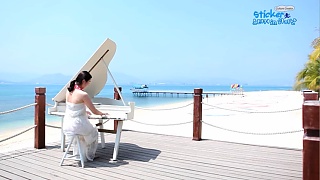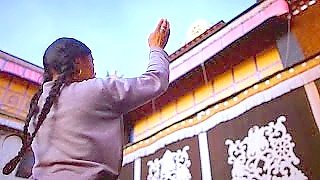Beautiful scenery; beautiful music ...
[640],shadow=true,start=,stop=
Live more ...
 ShenNongJia Nature Reserve 湖北神农架风光, HuBei province
ShenNongJia Nature Reserve 湖北神农架风光, HuBei provinceBeautiful scenery; beautiful music ...
[640],shadow=true,start=,stop=

|
Experience the rich culture and breathtaking scenery ...
|

|
With JetLag Warriors ...
|

|

|
HaiNan ('South Sea') island is the southern-most part of China.
|

|
With Little Chinese Everywhere ...
Bonus film - with A German In China ...
|

|
With CCTV English.
|

|

|
HeiLongJiang province in north east China.
Lots to see and do ... life well below zero ...
|